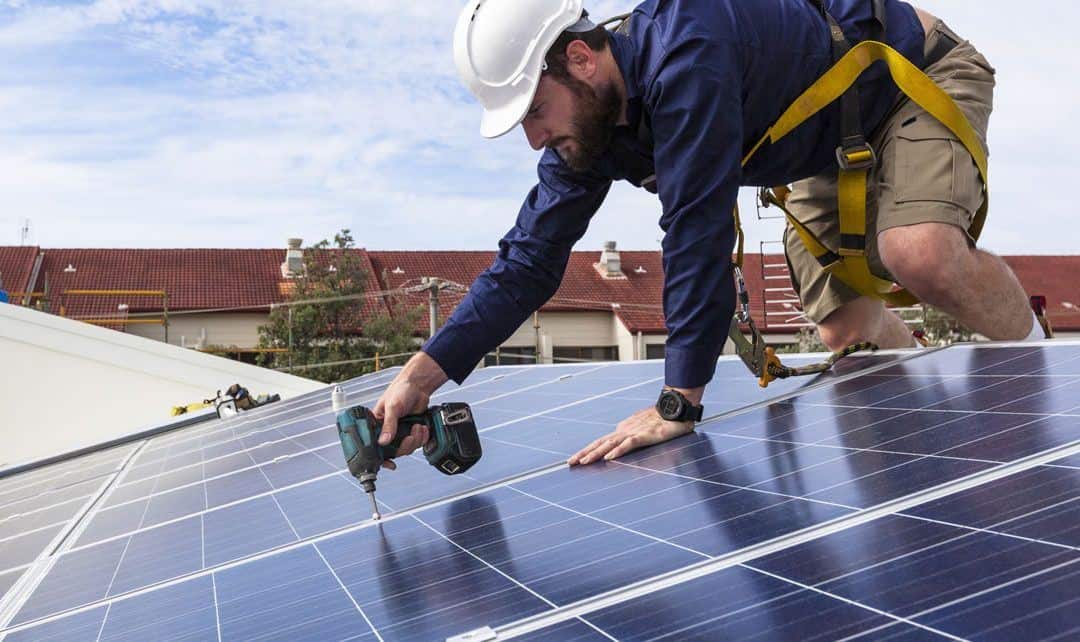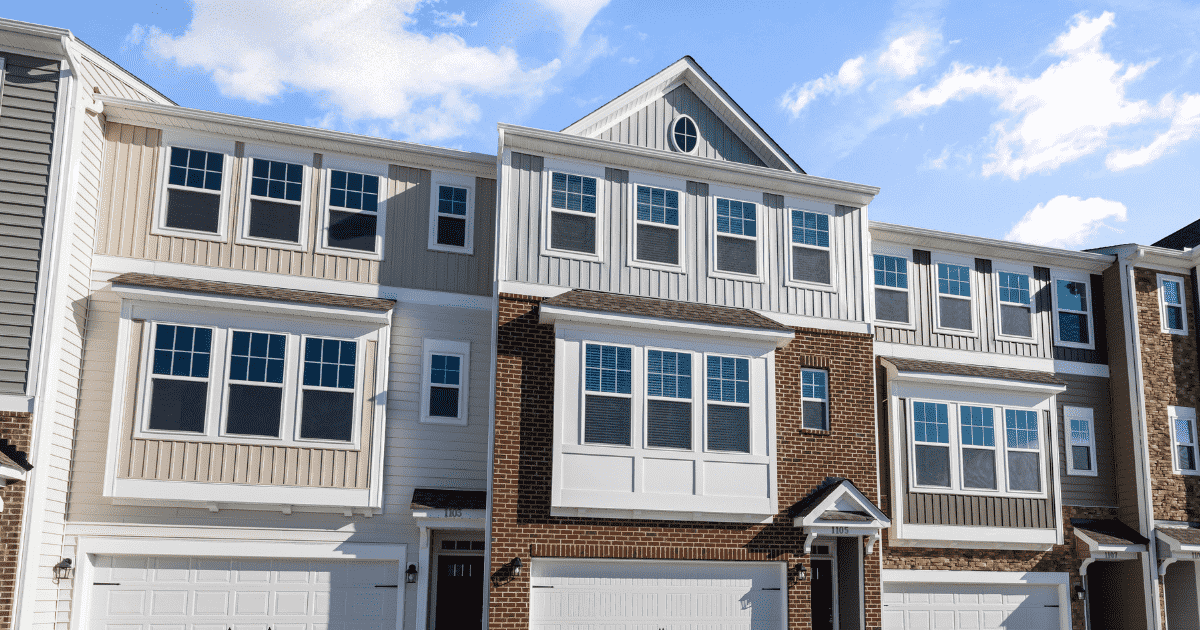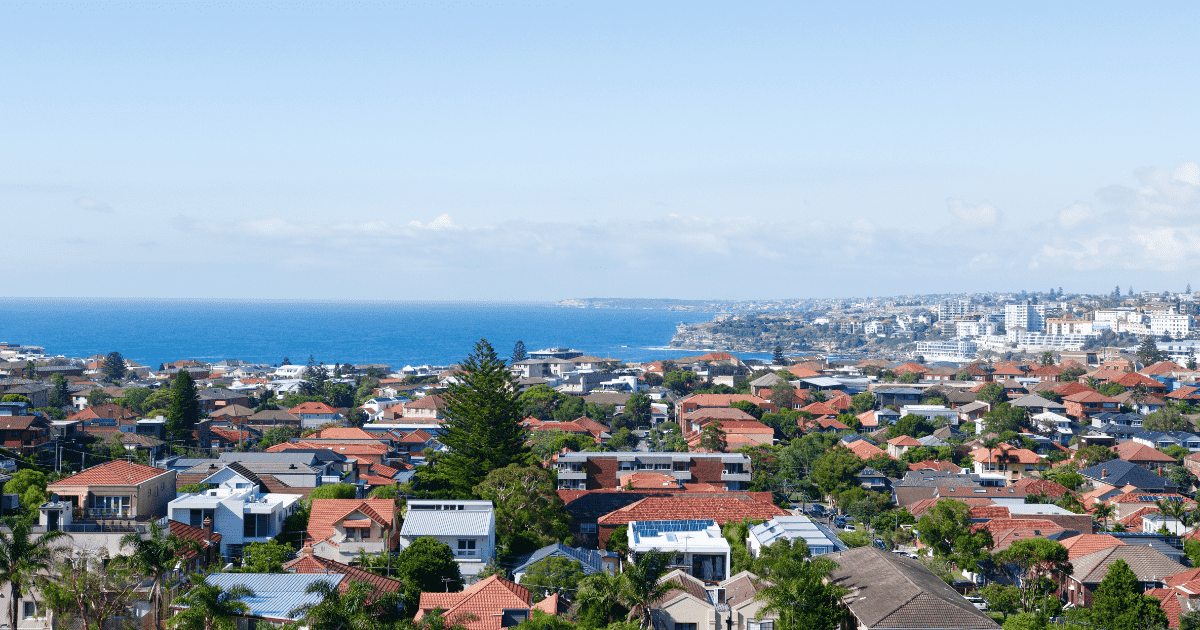Have you ever dreamed of living in a net-zero home? Peter Darlington says that dream may be closer than you think. In fact, you might already be living in your future net-zero home.
Darlington runs Solar Homes Inc., a Calgary company specializing in renovating existing homes to net zero – a home that produces as much energy as it consumes. Net zero might seem like a remote, ambitious target, but Darlington insists it’s more attainable than you might think. His first green reno project was on his own 1980s-era home.
“It’s really quite simple to do,” says Darlington. “You can just add some insulation and some solar panels and you can have a home that doesn’t require fossil fuels anymore. It’s much more comfortable. Costs you less to operate. And it’s really a pretty good return on investment.”
Darlington has worked as exterior contractor for more than 20 years. Then he realized he could be doing so much more.
“I believe that climate change will be the greatest risk or challenge that my children will face in their lifetime. And, I don’t want to look back and have my children ask me, why didn’t you do anything about it when you knew how to?”
Four steps to taking your home to net-zero
To get your home closer to net zero, Darlington outlines four key steps. He stresses that you don’t need to do it all at once.
1. Get an energy model done for your home.
First, have an energy model done for your home to prioritize the stages of your project. This is critical because it tells you how much insulation you need, how much of a difference windows make, what size of heating system you require and what size of solar system is needed to power your home.
2. Add insulation, air sealing, siding and efficient windows.
You will probably start with an exterior renovation, adding insulation and triple-paned windows and then improving your overall air tightness. This will cost about $30,000 for the insulation, improving air tightness and siding and about $15,000 to 20,000 for windows.

Peter Darlington renovated his 1980s home by adding insulation, windows, electric heating and hot water and a solar system. Photo David Dodge: GreenEnergyFutures.ca
3. Upgrade your mechanical systems.
As your furnace and water heater wear out, replace them with electric heat pump models (furnace and water heater) and add a heat recovery ventilator to provide pre-warmed fresh air in your tightly sealed home. Mechanical upgrades will run about $15,000.
4. Add a solar system.
Then add a solar array that is sized big enough to provide all your electricity needs, which now includes your heating and hot water systems. If you require a larger solar system, about 10 kilowatts, it will run about $30,000.

Darlington’s near net-zero home is powered by a 10-kilowatt solar system. Photo: David Dodge, GreenEnergyFutures.ca
“All these things can be done individually, so that you don’t have to bite off this massive capital cost right up front,” Darlington says. “We put 10-kilowatt solar on the garage and that generates about 90 per cent of our annual requirements.”
There’s never been a better time to think about going net-zero: “In Alberta there’s a bunch of incentives available from the province towards insulation, windows and solar panels and there’s almost 15 grand available to a home that’s looking to renovate to net zero,” says Darlington. Currently there are rebates for insulation, windows and solar. Check in your province to see if similar grants are available.
“There are lots of people in Alberta spending $50,000 or more on cosmetic upgrades to their buildings. Why not spend a little bit more? Unlike a conventional renovation, a net-zero upgrade will save you money every year for the rest of your life,” he says.
One of the biggest savings came when Darlington said goodbye to his natural gas bill. “It may not sound like a lot, but the distribution and connection charges for the natural gas are fairly significant and add up to, you know, $600 or $700 a year. So, getting rid of that really made a big difference on the overall investment.”
He adds, “One of the surprising aspects was just how comfortable the house became after you sealed all those cold spots and all those drops. It’s a much more comfortable home to live in. Another one is that it’s much cheaper. I saved almost $4,500 in the last two years just by generating my own energy and having a more efficient home.”
Darlington did this without any significant changes to lifestyle or other features in the home.
By also making the effort to change lights to LEDs, install a smart thermostat, use more energy efficient appliances, unplug your old beater beer fridge and eliminate phantom power, you could dramatically reduce your electricity demand by 20 to 50 per cent, which would reduce the size of the solar system you require, saving even more money.
According to Darlington’s estimates, you could bring a typical home close to net zero with an overall investment of roughly $95,000. Current rebates on windows and solar in Alberta could knock $10,000 to $15,000 off that.
“Aside from the obvious return on investment, there’s not a lot of chances in life to invest money and things that not only make your home more comfortable and bring down your operating costs, but are also morally correct,” says Darlington.
Landmark Homes in Edmonton recently announced a new net-zero home that sells for less than $400,000 including a garage, solar and GST. But let’s face it, in a world where we want to dramatically reduce greenhouse gas emissions, the big prize is in existing energy-inefficient homes and buildings that will still be around 50 years from now.
Renovating old buildings has so much potential to reduce emissions that the Netherlands has started ambitious project called EnergieSprong to renovate every single building in the country to net zero by 2050.
The cool thing is you can cut your emissions to near zero, save money and produce all your own clean electricity for the life of your home.
This is part of The Smart Home series, which was created by GreenEnergyFutures.ca for the Alberta Emerald Foundation with financial support from the Alberta Real Estate Foundation.














